Early Verdict
The Galax HOF PCI-E is a great looking product that incorporates several advanced features. This is the only 1TB SSD with a Phison E7 controller, and the first with host power failure protection. We like both of those features, but would feel much better with a redesigned heat sink to address the thermal throttling issues.
Pros
- +
Excellent aesthetics
- +
5-Year warranty
Cons
- -
Poor heatsink design for most users
- -
Low application performance
- -
Availability
- -
High cost
Why you can trust Tom's Hardware
Features & Specifications
Galax, formally Galaxy Technology and KFA2, began teasing us with PCI Express SSDs in 2015 when it first displayed a JMicron design at Computex. Since then, the company released numerous designs in both NVMe and SATA flavors. The Hall Of Fame models come with a white exterior and printed circuit board, along with an over-the-top cooling solution that looks amazing. Now that the company is shipping units, we found it has another nice feature to go with its outstanding looks.
The Galax HOF PCI-E is the first (and only) Phison PS5007-E7 based product to ship with a 1TB capacity point. Galax made the capacity options simple; this product only ships in 1TB. Easy enough, right?
The drive doesn't stop there, though. The Phison E7 SSD controller ships with data path protection and other schemes to increase data integrity. We've examined several Phison add-in card reference designs, including the Double-DDR and the All-SLC, and none came equipped with the surface mount components that enable power failure protection. The HOF PCI-E includes a capacitor to ensure the SSD flushes data to NAND even when your system suffers a sudden power loss event. The HOF is the first consumer E7 that ships with host power failure protection, which is a feature we only expect to see on enterprise-focused products designed for the data center.
The Galax HOF PCI-E 1TB SSD is the most advanced iteration of the Phison E7 design we've seen, to put it mildly, and we can say that before we even open the box. Once inside, the hits keep on coming. The drive features a full-size heat sink that absorbs heat from the E7 controller, which can withstand up to 90C before throttling. Absorbing heat is different than releasing it, which is an important piece of the puzzle that we will examine during our tests.
Specifications
Galax has a few assorted products that fill the gap left open by the HOF PCI-E's single 1TB capacity point. Like all other E7-based products, the Galax HOF PCI-E uses NAND from Flash Forward (Toshiba / SanDisk). The drive features 1024GB of 15nm MLC spread among eight packages. Two 512MB DRAM packages provide increased space for the flash table map, but this is not a new "Double-DDR" drive. That is one of the only Phison technologies that Galax didn't use with the HOF PCI-E.
Galax quotes sequential performance at 2,200/1,300 MB/s read/write. Random performance weighs in at 200,000/170,000 read/write IOPS. The specifications are somewhat surprising because they are much lower than Corsair's MP500 specifications with the same E7 controller. There are several ways to measure baseline spec-sheet performance, and we can only hope that Galax chose to use a more realistic test.
Pricing & Accessories
Galax doesn't list the HOF PCI-E at its US store, but this is a new product just making its way to market. We may see the drive in the US at some point. Early reports from Asia place the drive in the $1,000 USD range. We're skeptical of this number because we haven't seen the drive at retail. Starting off with a very high MSRP and then "discounting" the price is a popular way to give shoppers a sense of value.
Get Tom's Hardware's best news and in-depth reviews, straight to your inbox.
Warranty & Endurance
The HOF PCI-E 1TB ships with a five-year warranty, but we were not able to find any warranty documentation with endurance limitations on this, or any other, Galax SSD.
Product Packaging
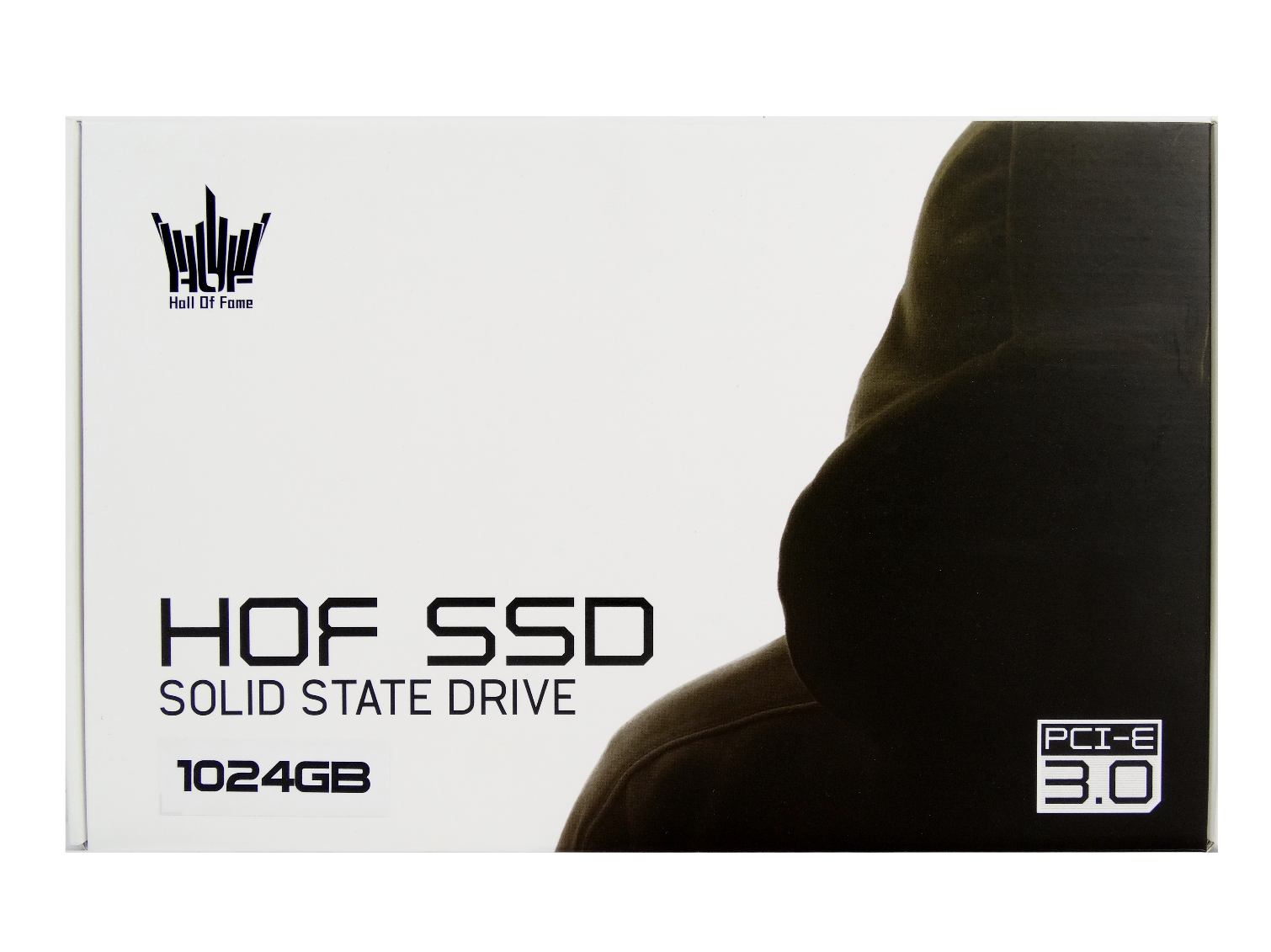
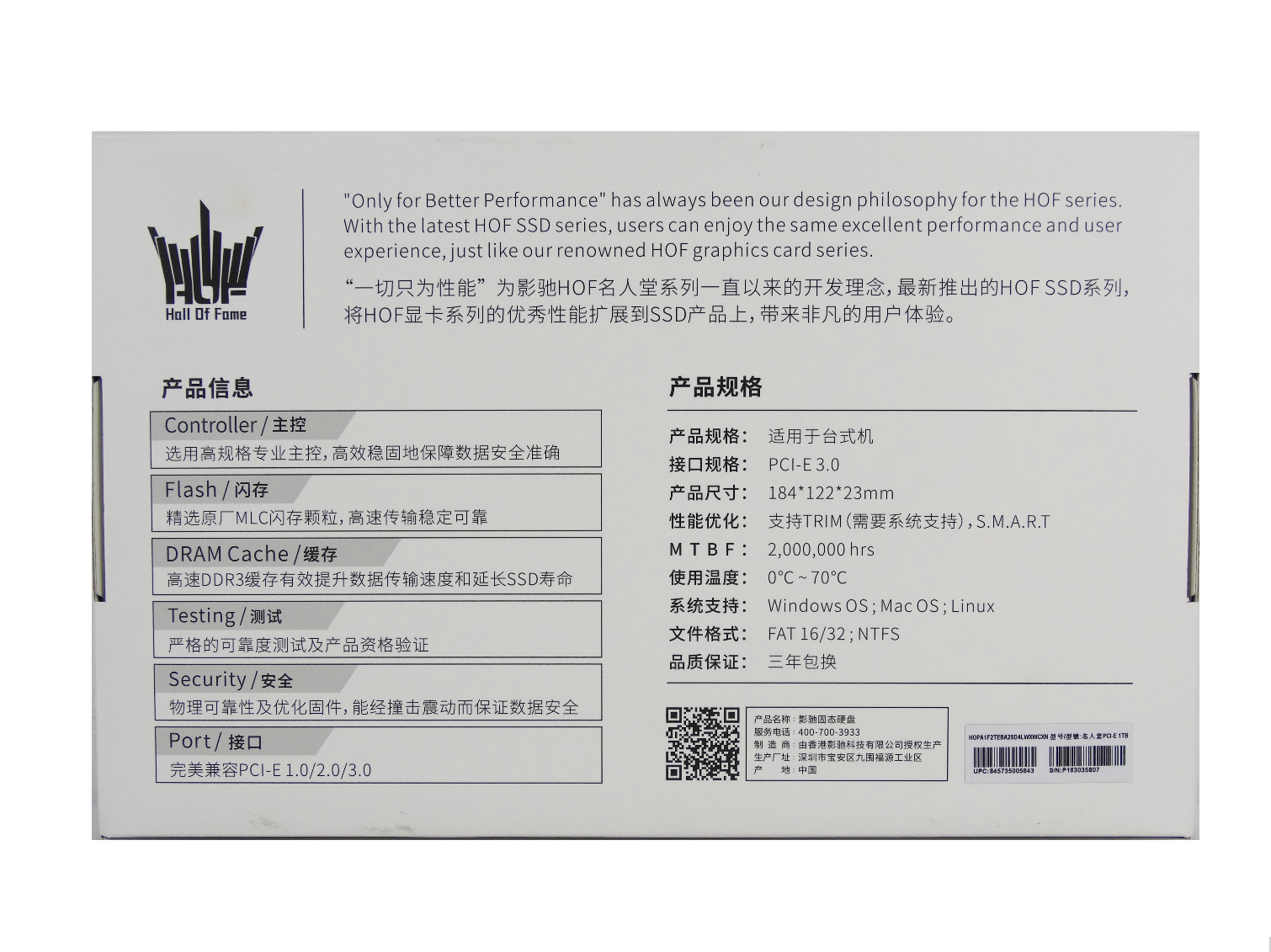
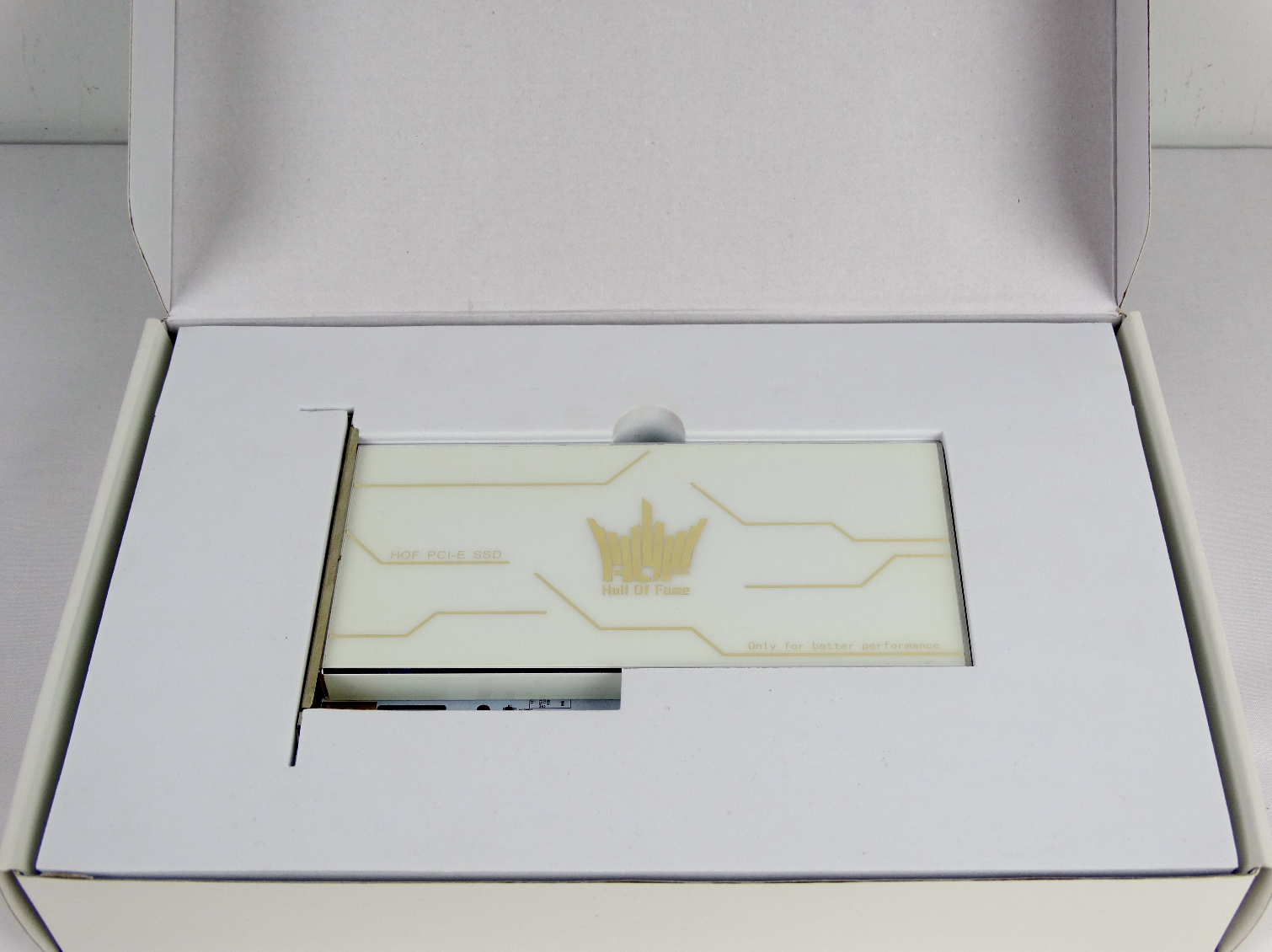
We hope Galax will release the HOF PCI-E to the global market. The company will need to add more English to the package, but overall, the package and presentation look good. Inside, we found the add-in card stuffed in dense closed-cell foam that holds it tight. There were no accessories or papers.
A Closer Look
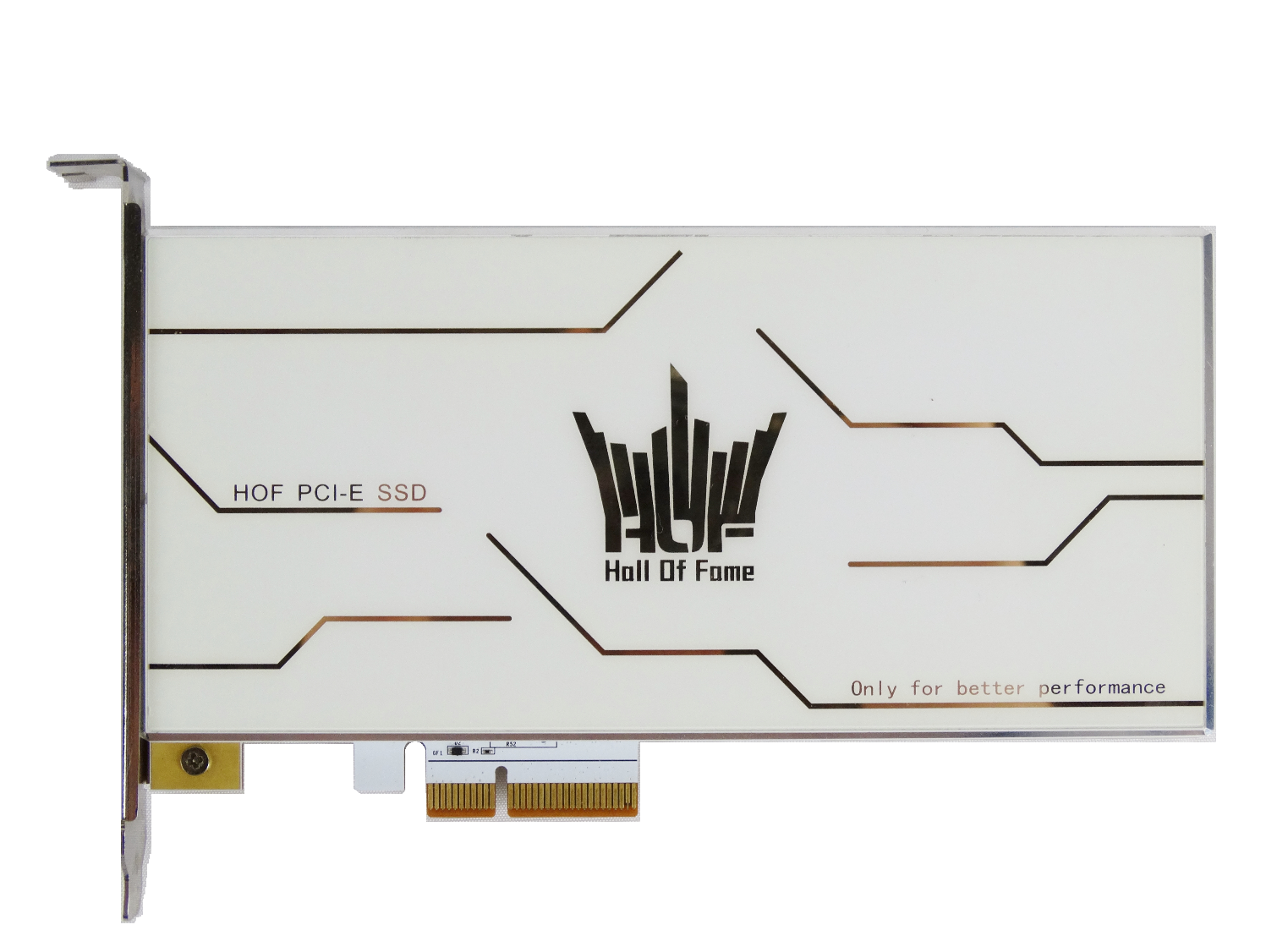
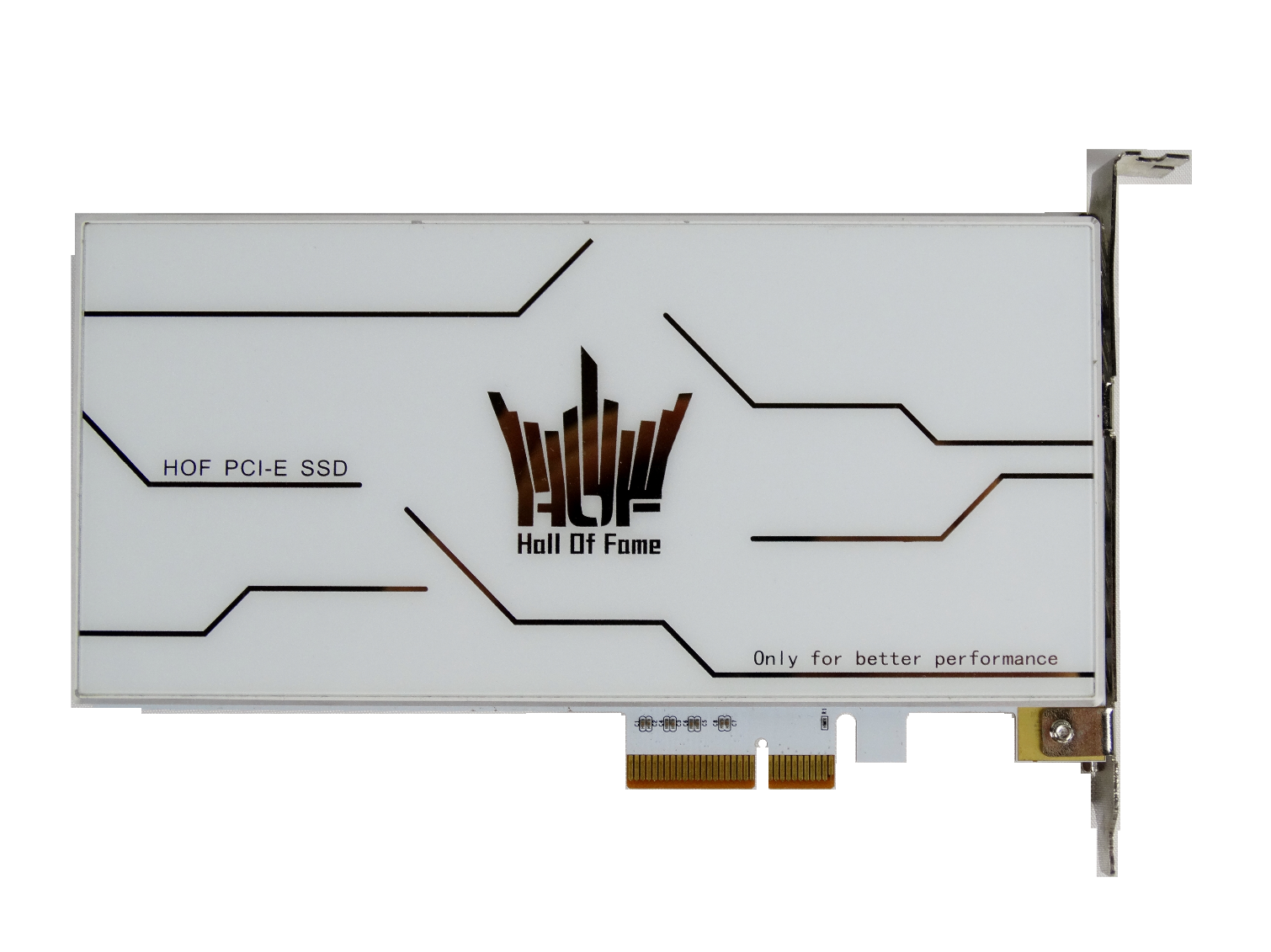
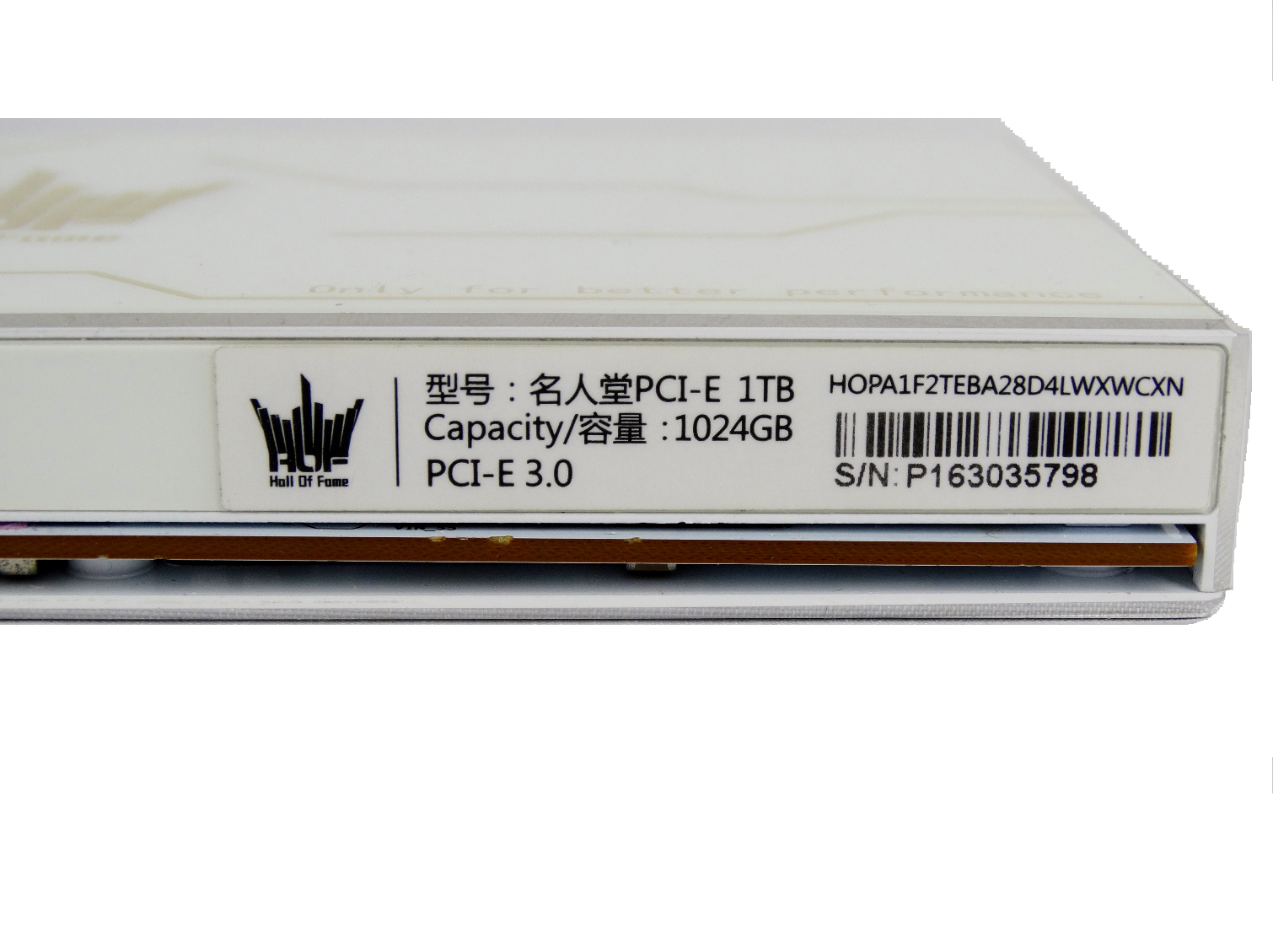
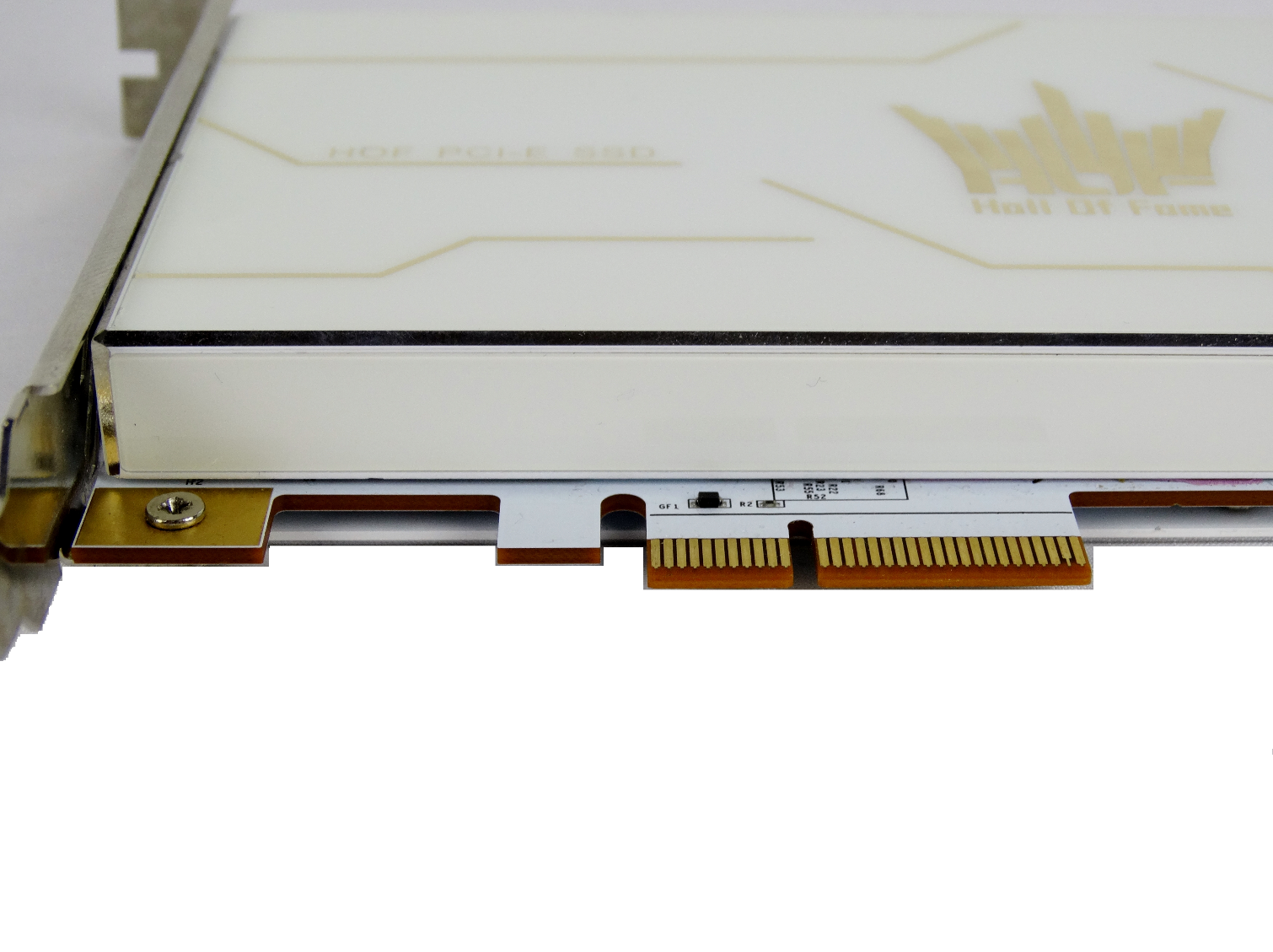

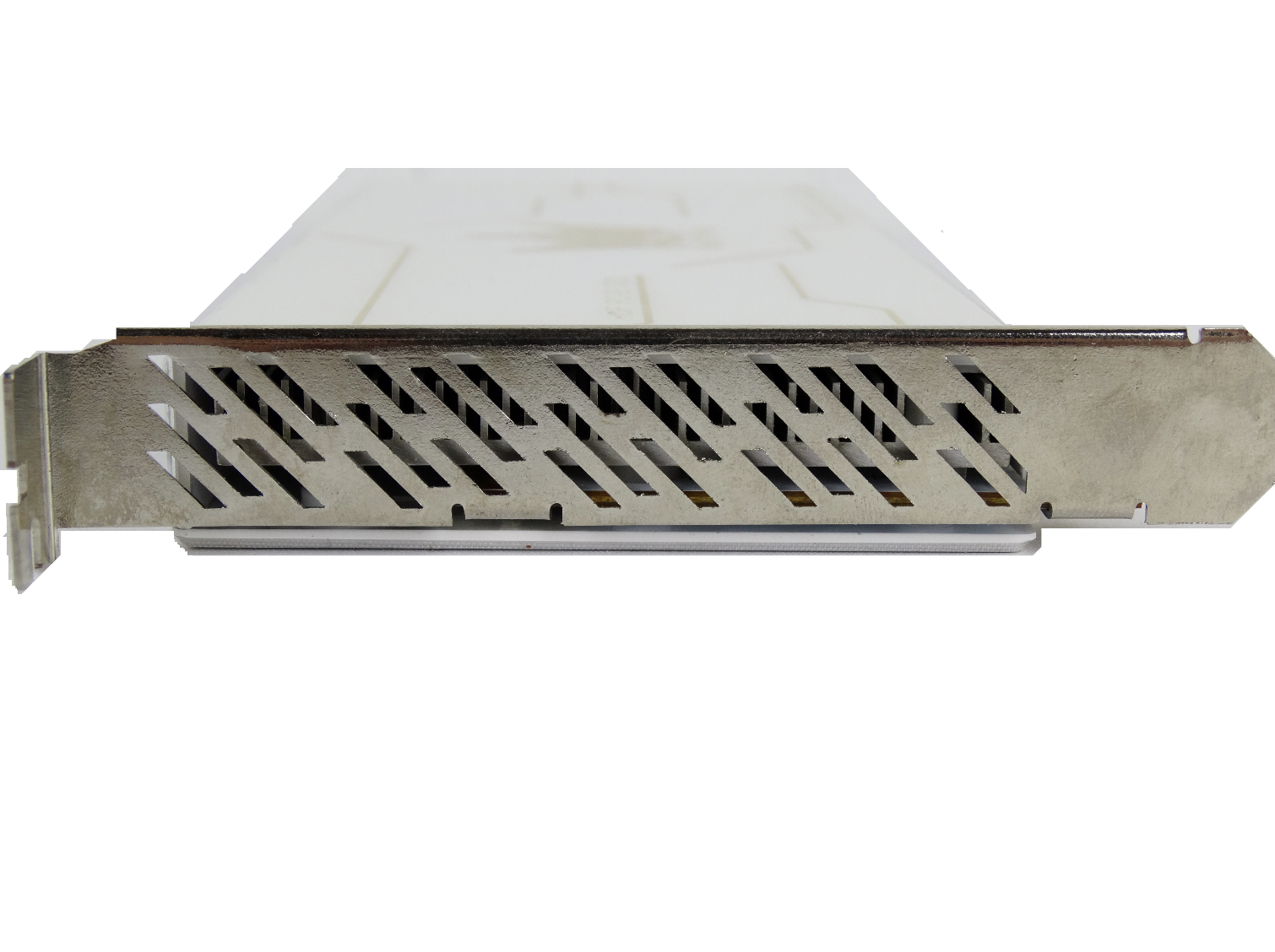
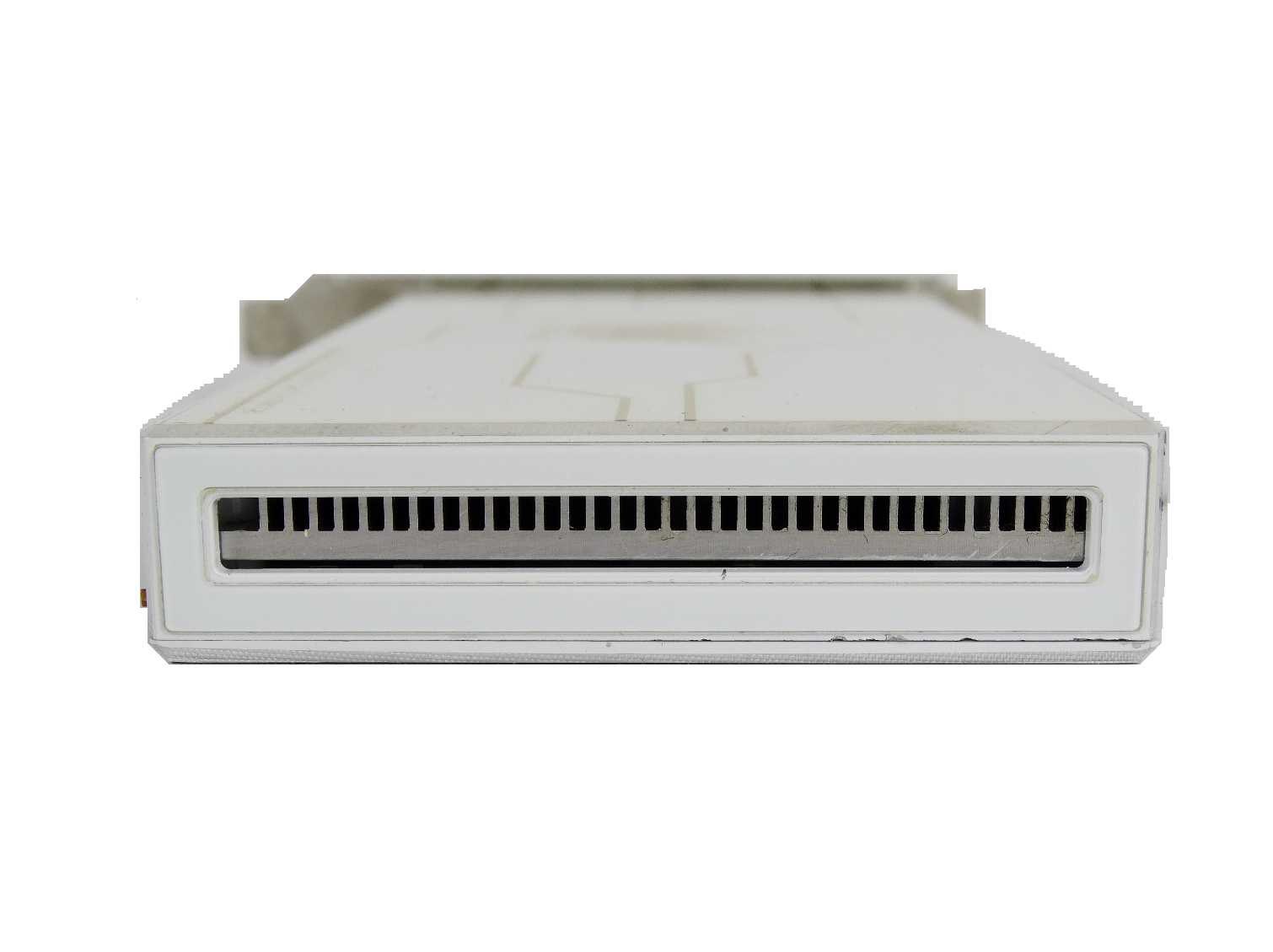
We attempted to open the HOF PCI-E SSD, but it started cracking, and more bits broke off with every pry. We finally gave up after breaking several pieces of clear plastic. You can see some of the pokes and prods in the images. Galax apparently didn’t design the shroud to come apart easily. The screws to remove the cover plates are likely under the clear plastic (with white paint under), and the company glued the plastic in place.
The last two pictures show the full-length heat sink. The end of the card has ample space for airflow, but the length becomes a limitation if you don't use forced air. The shroud around the heat sink is fairly restrictive at the rear opening, and the system fan will be too far away to force air through the air chamber. Making matters worse, the ambient temperature inside the air chamber increases over time with heavy loads. There isn't a way for the heated air to escape fast enough, so the heat sink retains heat in an event we call heat soak. The condition can create more heat at the controller instead of dispersing it.
Normally, you would not encounter that condition, but some of the test results lead us to believe we saturated the heat sink's capabilities. Let's take a closer look.
MORE: Best SSDs
MORE: How We Test HDDs And SSDs
MORE: All SSD Content

Chris Ramseyer was a senior contributing editor for Tom's Hardware. He tested and reviewed consumer storage.
-
nzalog "The HOF PCI-E designer likely chose form over function and ended up compromising performance for aesthetics."Reply
With the RGB trend this seems to be on par. -
bp_968 Its sad and disappointing that more manufacturers are not building their SSDs with power failure protection built in. We are talking a tiny, cheap, super capacitor added to the the device to protect against complete and total data loss. Lame that its not already standard on all SSDs.Reply -
cryoburner Reply
I was going to suggest they add RGB lighting to the heat-retaining shroud for next year's model, to help justify the $1 per GB price. : D19629708 said:With the RGB trend this seems to be on par.
Really though, I can't think of too many products where the addition of LEDs negatively impacted the product's performance. Well, maybe those $60 RGB mouse pads that feature a cord and a big block of plastic in the center to get tangled with your mouse cord...
http://www.corsair.com/en-us/mm800-polaris-rgb-gaming-mouse-pad
https://www.razerzone.com/gaming-mouse-mats/razer-firefly
Maybe their control boards require more space than the thickness of the pad allows, but did they really have to put the block of plastic in the center? Even in their promotional images they show the cord running into it. Logically, having it come off a corner would have made more sense from a usability standpoint. Or at least make the ridge extend the entire length of the pad, so there's nothing to get caught on.
In the case of this product though, you're not even going to see that shroud once installed, or at least not the side that's impeding performance by covering the fins of the heat sink, since it will be facing the bottom of your case. The only way covering that side might make sense would be if the card were forcing air through it with a fan.
